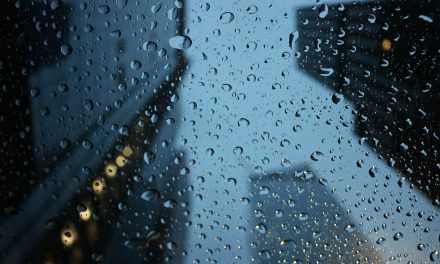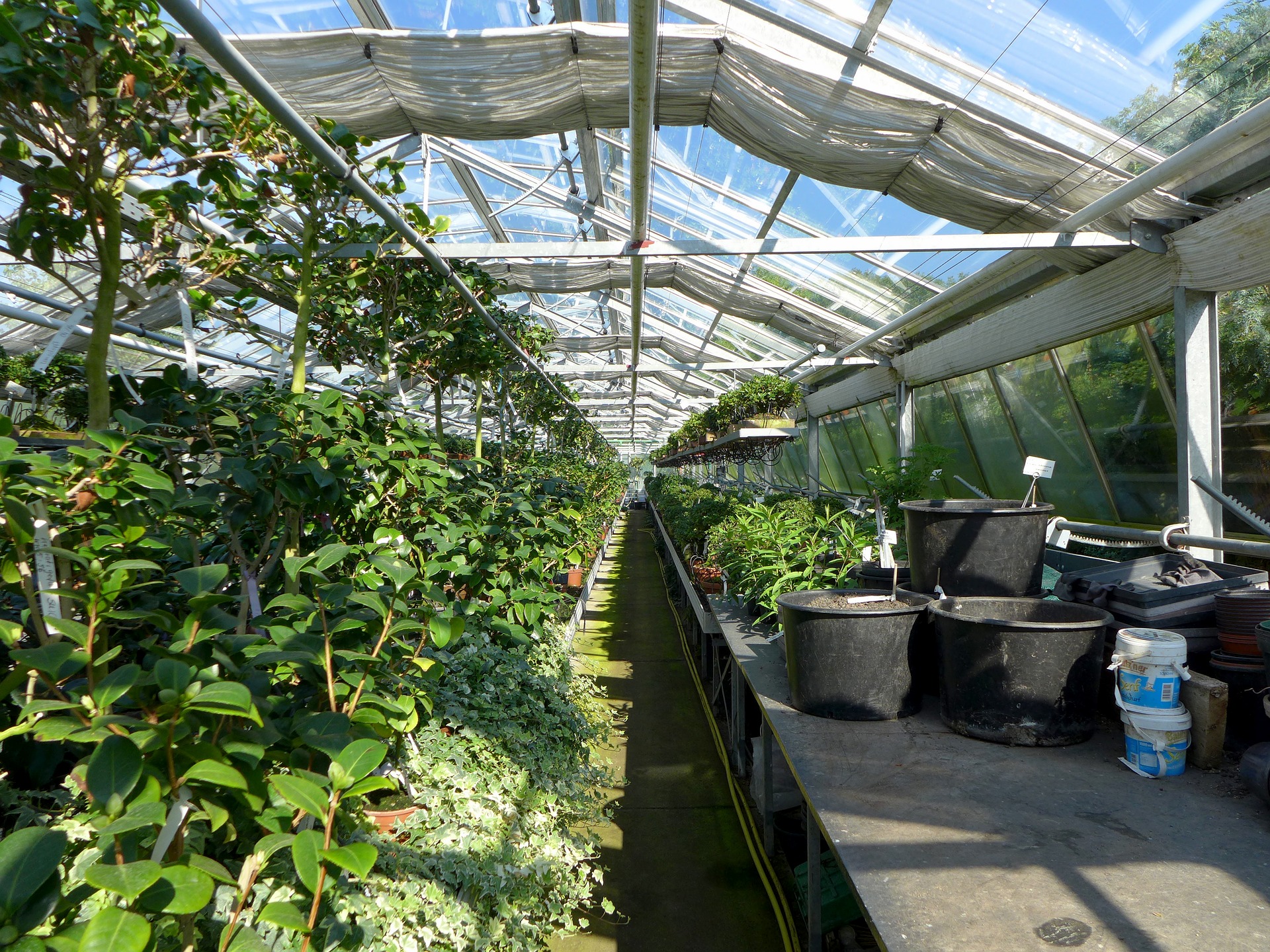In the most recent assessment of U.S. waterbodies, agricultural runoff was listed as the leading source of water quality impairment in rivers, streams, lakes, ponds, and reservoirs. In August, the U.S. Natural Resources Conservation Service released several resources synthesizing lessons learned from 13 agricultural conservation practices aimed at improving water quality.
This project and others that are part of the broader National Institute of Food and Agriculture–Conservation Effects Assessment Project (NIFA-CEAP) examine how types of conservation practices, the timing of activities, and spatial distribution affect their capacity to improve water quality on a watershed scale. The report also touches on social and economic factors that influence adoption and maintenance of conservation practices on private land.
Resources available include a book, How to Build Better Agricultural Conservation Programs To Protect Water Quality, a two-page summary of the book, six fact sheets, and a recorded webcast.





